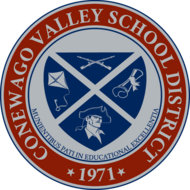English Language Arts, Grade 11, The American Short Story, "The Things They Carried", Dialectical Journal
(View Complete Item Description)In this lesson, students will discuss the rest of “The Things They Carried.” They will also complete a Dialectical Journal entry and share it with the class.
Material Type: Lesson Plan




















